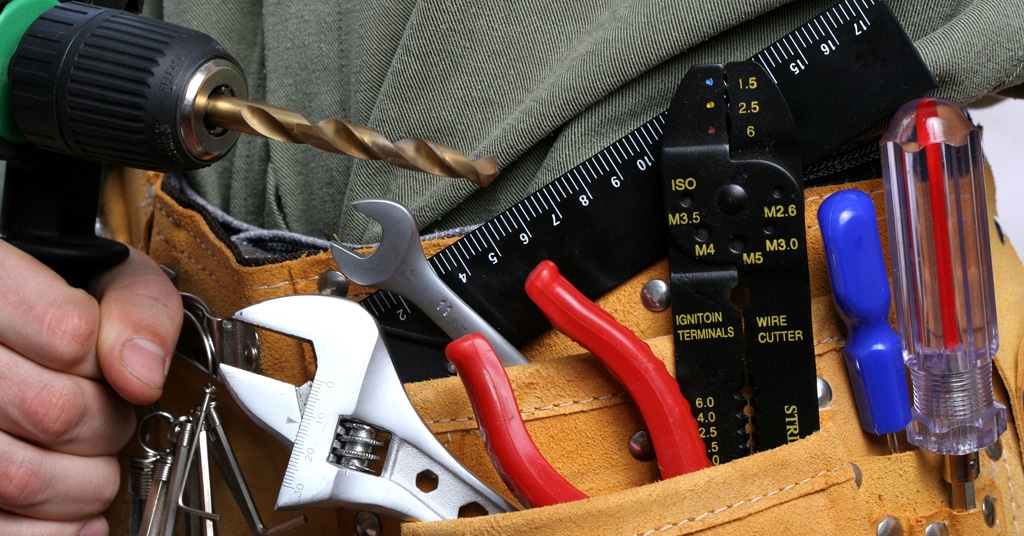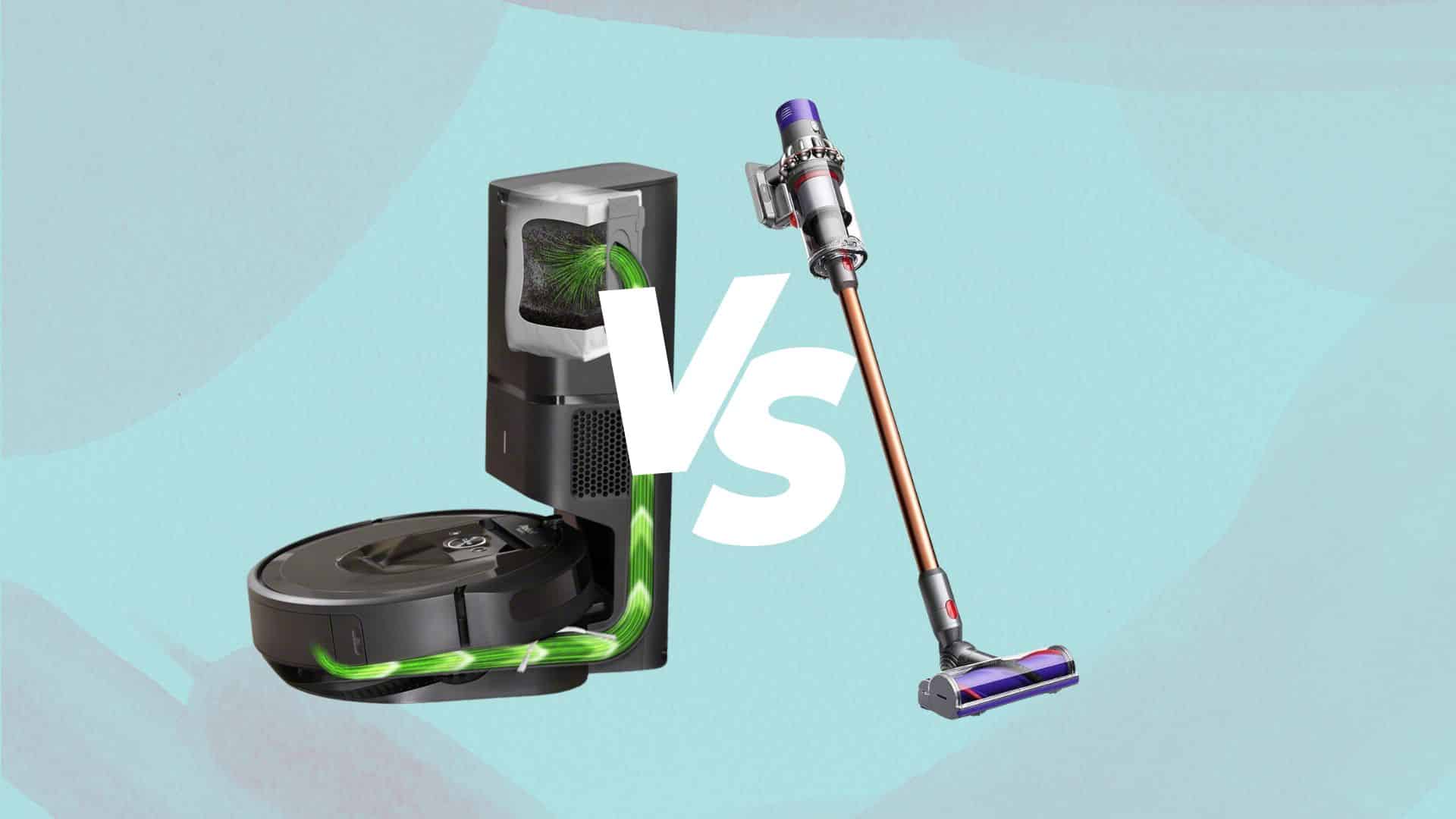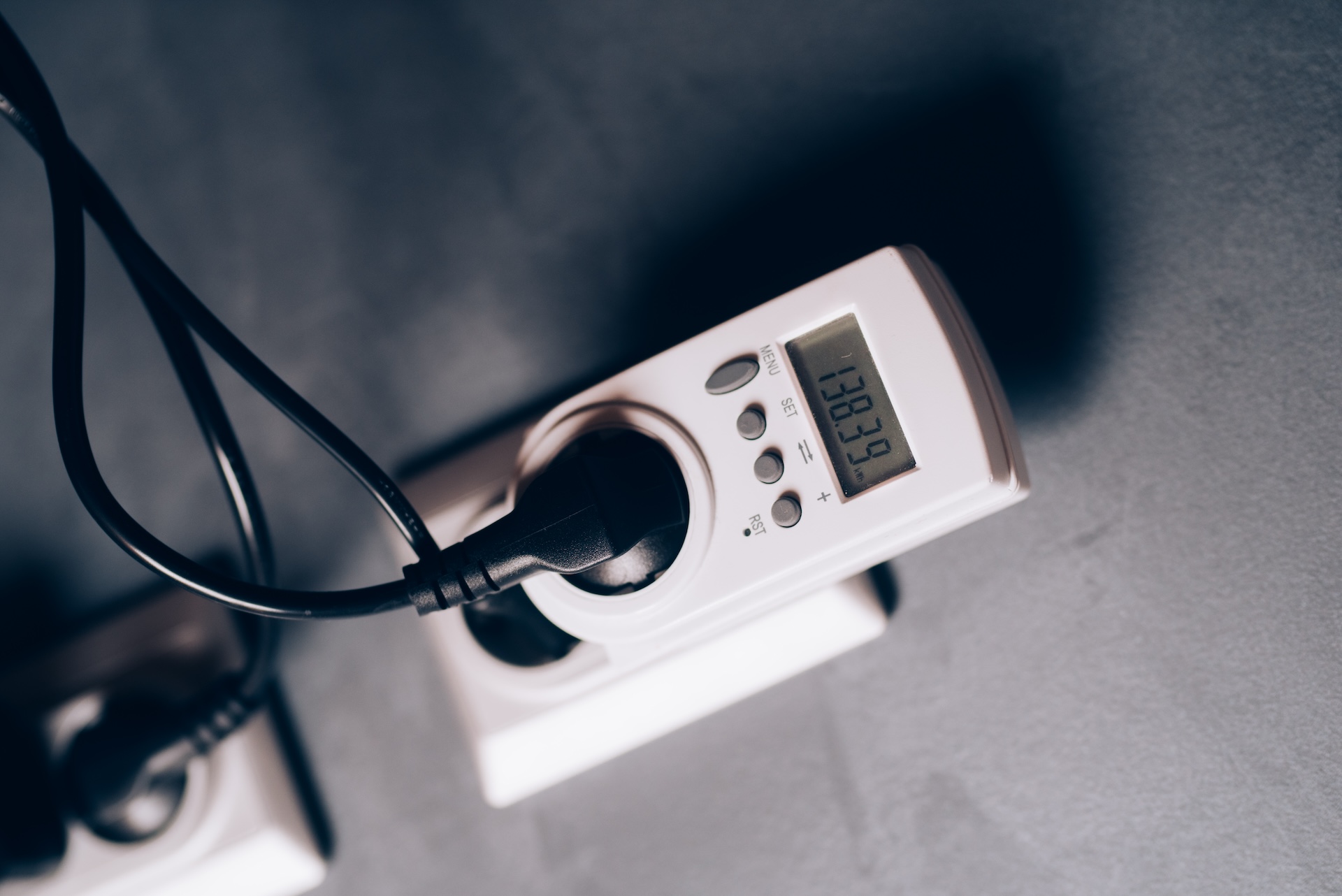A Homeowner’s Guide to Finding & Replacing Appliance Parts
Owning a home comes with many responsibilities, and one of those is maintaining and repairing household appliances. Over time, even the most durable appliances will need replacement parts due to wear and tear.
Whether it’s a refrigerator, washing machine, or dishwasher, knowing how to find the right parts and replace them efficiently can save homeowners significant money and extend the life of their equipment.
This guide provides an in-depth look at how to source and replace appliance parts, ensuring that your home remains functional and efficient.
Understanding Appliance Parts and Their Lifespan

Household appliances are complex machines made up of numerous components, each serving a specific purpose. Every appliance, from your oven to your dryer, has parts that wear out over time. These parts include motors, filters, belts, fans, and sensors. Understanding the function of these parts and their typical lifespan helps homeowners predict when they may need replacement.
For example, refrigerator compressors generally last around 10-15 years, while washing machine belts may wear out after five years of use. Knowing the typical life expectancy of your appliance parts can help you plan ahead and avoid last-minute repairs.
Diagnosing When an Appliance Needs a New Part
Before diving into the world of part replacements, it’s crucial to identify when your appliance needs a new component. Common signs that an appliance requires a part replacement include:
– Unusual noises: Grinding, squealing, or rattling sounds.
– Reduced efficiency: Longer drying cycles, poor cooling, or weak water pressure.
– Total malfunction: The appliance fails to turn on or perform its primary function.
Diagnosing these issues can be straightforward if you’re familiar with basic appliance operation. For example, if your washing machine is vibrating excessively, it may be due to a worn-out drum bearing or loose belt. Always consult your appliance’s manual for troubleshooting tips to ensure the correct diagnosis before purchasing parts.
Finding the Right Replacement Parts
Once you’ve identified the part that needs replacing, the next step is finding the right replacement. Homeowners have several options for sourcing parts, each with its own advantages.
One of the best ways to ensure compatibility is by sourcing replacement parts from OEM part vendors. OEM (Original Equipment Manufacturer) parts are made by the same company that manufactured the appliance. These parts are designed to fit and function perfectly with your appliance, reducing the risk of further damage. While OEM parts are typically more expensive than aftermarket alternatives, they provide peace of mind and longevity.
Another option is to purchase third-party or generic parts. While these may be cheaper, there’s always a risk that they won’t fit as precisely or last as long as their OEM counterparts. It’s crucial to balance cost savings with the potential drawbacks when considering third-party options.
Navigating Appliance Model Numbers and Part Identification
To successfully find a replacement part, you must correctly identify the make and model of your appliance. Most appliances have a model and serial number tag located in an easily accessible area. For refrigerators, this tag is often found inside the door or on the side wall. Washing machines typically have their numbers under the lid or behind the control panel.
Once you have the model number, you can search for parts online or visit an authorized dealer. Many websites allow you to enter your model number, narrowing down the available parts to those that are guaranteed to fit. Be sure to cross-check part numbers to avoid buying incompatible components.
In addition, some appliances have several versions or revisions, even within the same model. For this reason, it’s essential to match your appliance’s exact model and version to the replacement part. If you’re unsure, contacting the manufacturer or a specialized parts distributor can help clarify any doubts.
When to Repair vs. Replace an Appliance
While replacing a part can extend the life of an appliance, there comes a time when repairs are no longer cost-effective. If an appliance is nearing the end of its expected lifespan or if multiple parts need replacing, it may be worth considering a full replacement.
Generally, if the repair cost exceeds 50% of the cost of a new appliance, it’s a sign that replacement might be the more economical choice. Additionally, older appliances tend to be less energy-efficient, so upgrading to a newer model could result in savings on your energy bill.
Tools You’ll Need for Replacing Appliance Parts

Replacing appliance parts often requires a few basic tools, which most homeowners likely already own. These tools include:
– Screwdrivers (Phillips and flathead)
– Pliers
– Wrenches
– Socket sets
– Multimeter (for electrical testing)
In some cases, specialized tools may be needed, such as a torque wrench or a spanner. Always review the specific repair procedure before beginning to ensure you have all the necessary tools on hand. The appliance’s user manual or an online tutorial will often list required tools for specific repairs.
Step-by-Step Guide to Replacing Common Appliance Parts
Once you have the necessary part and tools, the actual replacement process can vary depending on the appliance. Below are general steps for replacing parts in some common household appliances.
Refrigerator: Replacing the Defrost Thermostat
1. Unplug the refrigerator.
2. Locate the thermostat, usually behind the back panel in the freezer.
3. Remove the faulty thermostat by disconnecting the wires.
4. Install the new thermostat by connecting the wires and securing it in place.
5. Reassemble and plug the refrigerator back in.
Washing Machine: Replacing the Belt
1. Unplug the machine.
2. Remove the back panel to access the belt.
3. Slide the old belt off the pulleys.
4. Fit the new belt around the pulleys, ensuring it is seated correctly.
5. Reassemble and test the machine.
These examples provide a general idea of the process. Always consult your appliance’s manual or a detailed online guide for model-specific instructions.
Maintenance to Extend Appliance Life
Regular maintenance is key to delaying the need for part replacements. For example, cleaning refrigerator coils every six months can prevent the compressor from overheating. Similarly, ensuring that washing machines are balanced and not overloaded can prolong the life of the drum and motor.
Scheduling routine maintenance checks and cleaning can catch potential problems early, allowing for minor repairs rather than costly replacements.
Staying Ahead of Future Repairs
By understanding how to source, diagnose, and replace appliance parts, homeowners can take control of their appliance maintenance and avoid the inconvenience of sudden breakdowns.
Whether you’re purchasing replacement parts from OEM part vendors or opting for a DIY repair, being proactive in caring for your appliances will extend their life and improve their performance. Regular maintenance and timely part replacement can save both time and money in the long run, making it an essential skill for every homeowner.







